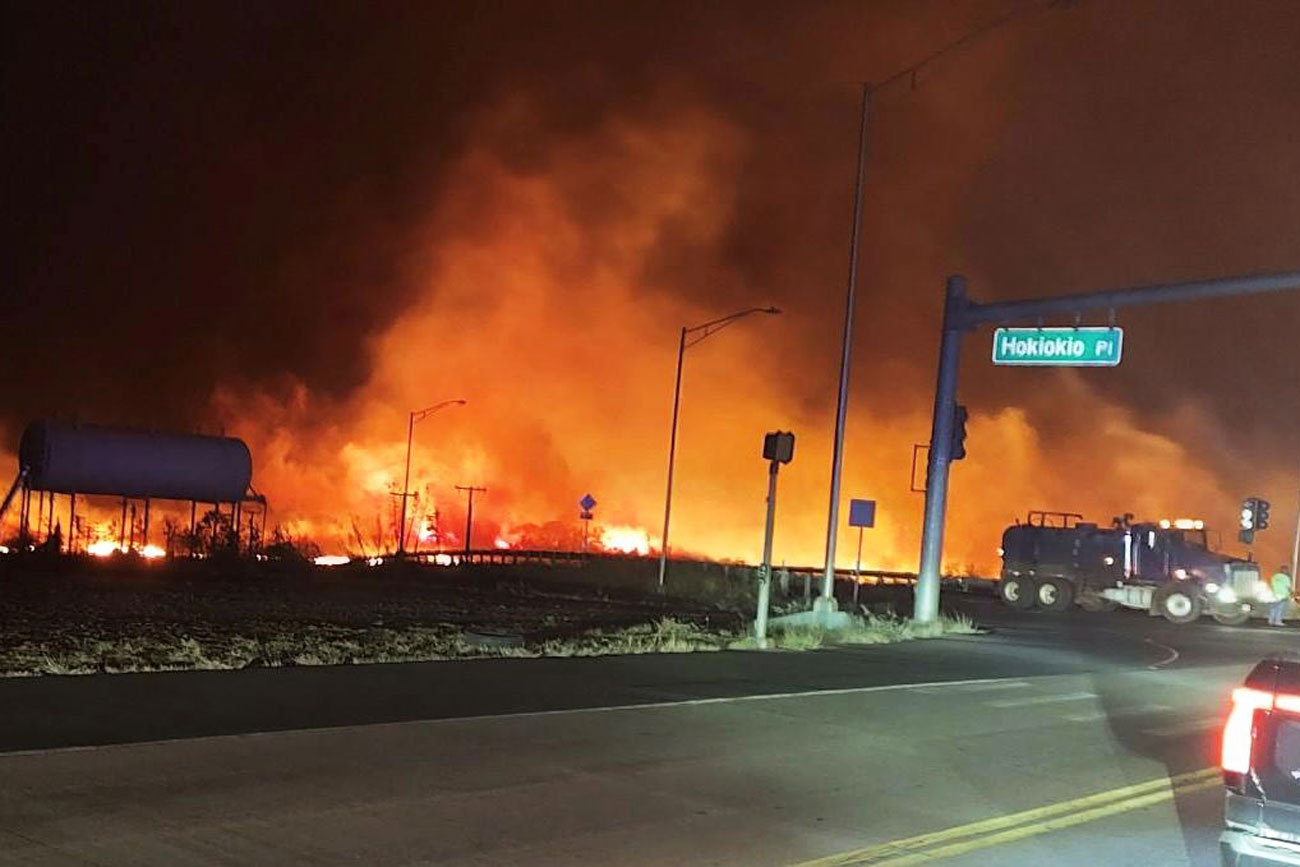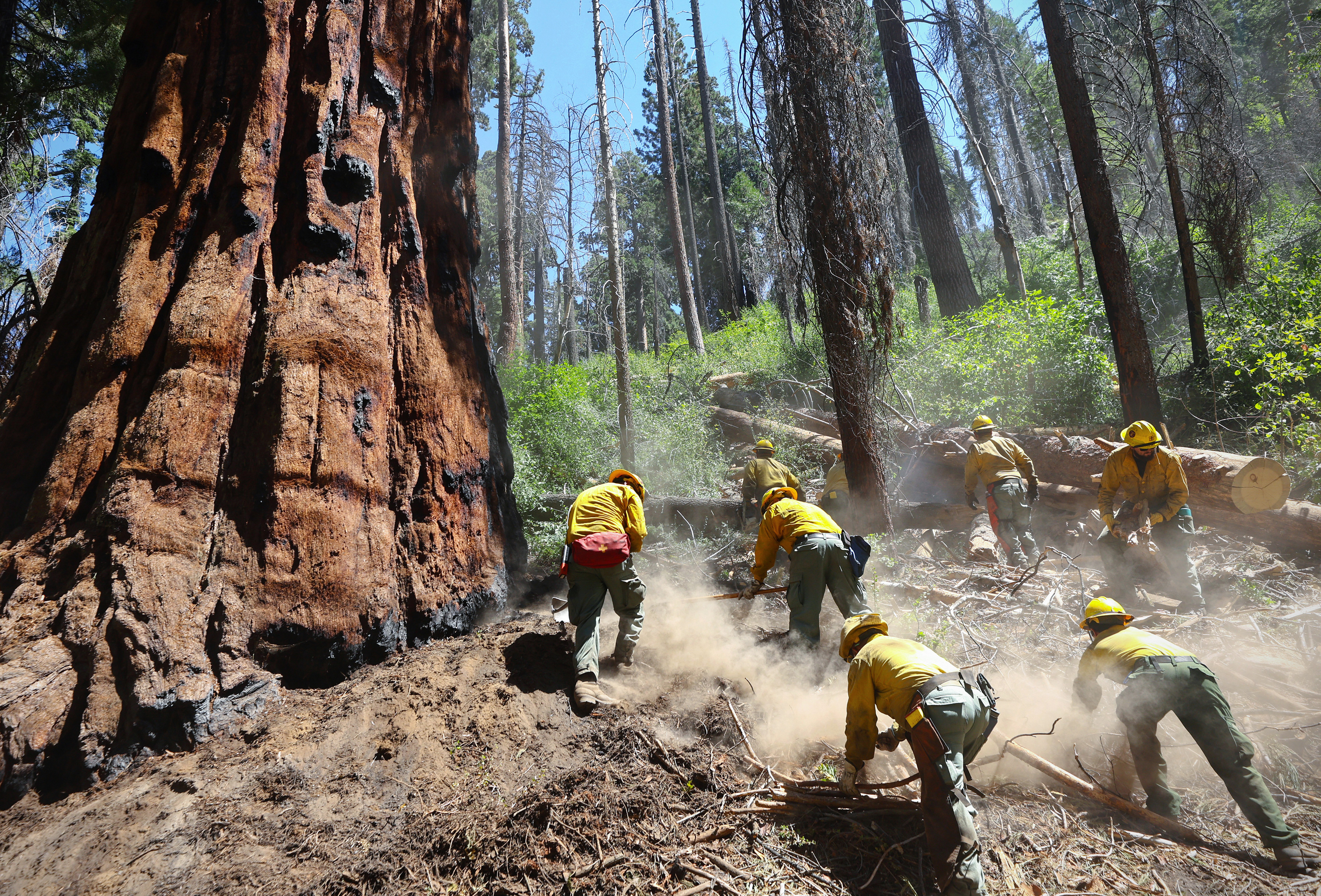Lake Powell will cease to exist if one group's plan to restore Glen Canyon as the "heart of the Colorado River" comes to fruition.
An above-average snowfall and excessive precipitation in the spring have bolstered the water levels at Lake Powell and Lake Mead, but Glen Canyon Institute Executive Director Eric Balken told Newsweek that he doubts that Lake Mead will ever return to full capacity. Drought and excessive water use have severely impacted water levels in the Colorado River—which has lost more than 10 trillion gallons of water over 21 years. The dwindling water supply is impacting the efficiency of hydropower at the Glen Canyon Dam in Arizona and creating drought issues downstream at Lake Mead.
The Glen Canyon Institute is urging the U.S. Bureau of Reclamation to construct tunnels for the Colorado River to completely bypass the dam—therefore eliminating Lake Powell. The Glen Canyon Institute is a nonprofit dedicated to restoring Glen Canyon.
The plan is a drastic one—and not one that has attracted much attention from the U.S. Bureau of Reclamation. Balken argued that in addition to funneling more water downstream to supplement Lake Mead, the Glen Canyon Dam bypass also would restore the canyon to the prolific ecosystem it once was.

Construction began on Glen Canyon Dam in 1956, and Lake Powell was created in 1963. The dam has severely impacted the downstream ecosystem in the decades since, and Balken called it one of the most "destructive and environmentally impactful dams ever built in the U.S."
Prior to the dam's construction, Glen Canyon's thriving ecosystem was ripe with 79 species of plants, 189 species of birds, 34 species of mammals and more than 3,000 ancient ruins, according to the Glen Canyon Institute's website.
In the decades since its construction, four fish species have become endangered. Balken said he believed the fish had migratory tendencies, and the dam cut off their ecosystem and spawning habitat. One fish species, the humpback chub, has been downgraded to a threatened species. Warm water is beneficial to the fish, and as water levels fall, the water becomes warmer, therefore improving the humpback chub's habitat.
"The environmental impacts of Glen Canyon Dam are massive," Balken said. "We are now in a place where there isn't enough water in the system to keep Lake Powell and Lake Mead full. If you can't fill both and one of them is inundating a canyon that should have been a national park, why not fill Mead first and give the canyon a chance at restoration?"
Glen Canyon Institute proposed a full bypass of the dam in which tunnels would be constructed to redirect a "free-flowing Colorado River" around the dam. The free-flowing river would return natural sediment to areas downstream, bringing nutrients and providing habitats for the ecosystem there.
The institute has submitted its bypass idea and its proposal to fill Lake Mead to several federal processes but didn't receive a favorable response from the U.S. Bureau of Reclamation.
"They basically said they're not going to look at this," Balken said.
Newsweek reached out to the U.S. Bureau of Reclamation by email for comment.
However, Balken alleged that the Bureau of Reclamation must be considering the process because the bureau presented a proposal in February detailing modifications that could be made to Glen Canyon Dam to ensure the dam could operate at lower levels. Although the organization isn't considering re-naturalizing the area like the Glen Canyon Institute suggested, Balken said it's a "very big deal" that the bureau is discussing modifications.
"It's indicative of what's coming," he said.








